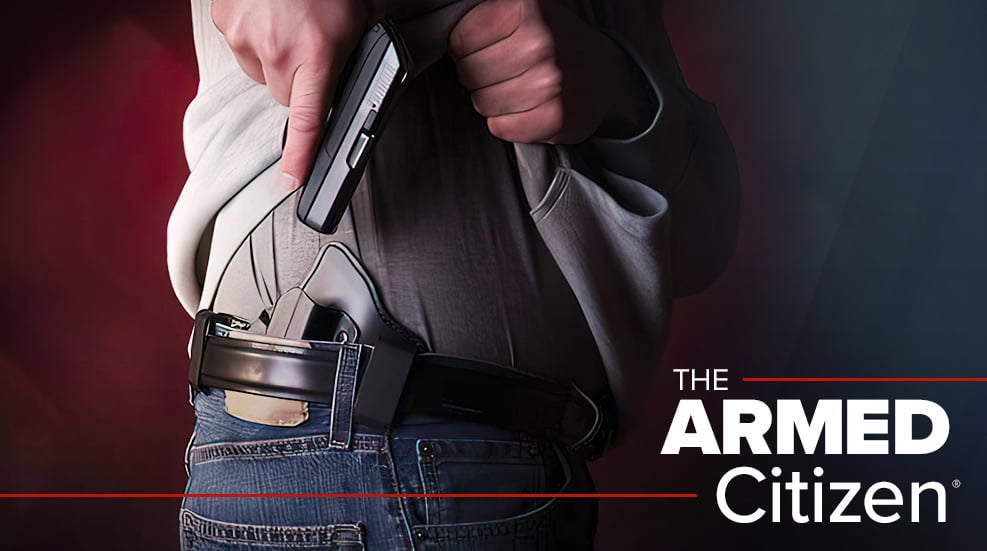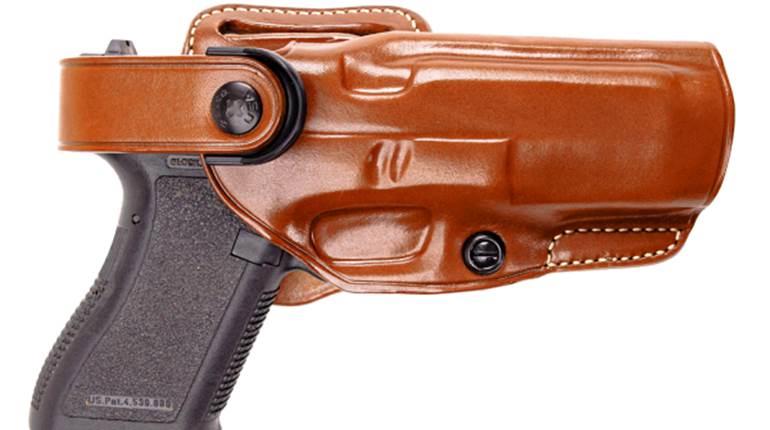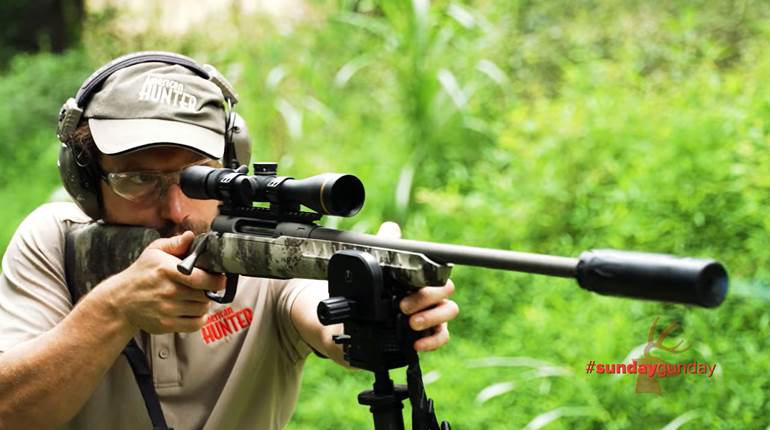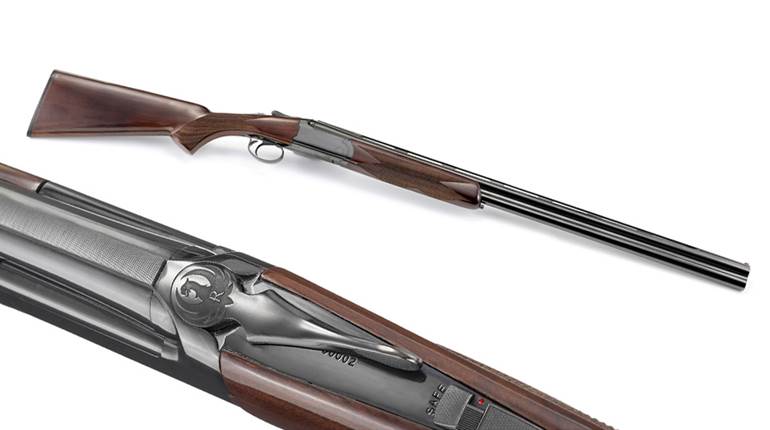
Q: I am having a hard time understanding the term “mid-range trajectory.” I have seen this dimension expressed using a line from the muzzle to the target as a measuring point. I have also seen the mid-range trajectory expressed using the line of sight. Which one of these mid-range measurements is the correct one to use? The mid-range expression with a line from the muzzle to the target gives a yardage of 50- to 55-percent total yardage. This seems to be the reason for the name mid-range, whereas, the mid-range expression using the line of sight gives a yardage of 60 to 65 percent.
A: These terms can be confusing, but according to the NRA Firearms Sourcebook, “The maximum height above the line of sight of the bullet’s path one-half the distance for which the gun is zeroed is called the mid-range trajectory (i.e., the height at 100 yds. for a gun zeroed at 200 yds.), typically measured in inches or millimeters.” In other words, the mid-range trajectory for any gun/load combination is the height of the bullet above the line of sight at a point halfway between the muzzle and the zero range.
The same source defines a related term as, “Maximum height (ordinate) occurs at a point roughly 55 percent of the way to the zero range, or the range at which the bullet path and line of sight intersect. Normally expressed in inches or millimeters, this figure is important to determine the maximum point-blank range of a cartridge.” The term “roughly” is used because the second half of the arc defining the bullet’s flight is steeper because the rate of deceleration is faster. For any gun/load/range combination, the max ordinate is always greater than mid-range trajectory and is achieved farther downrange.













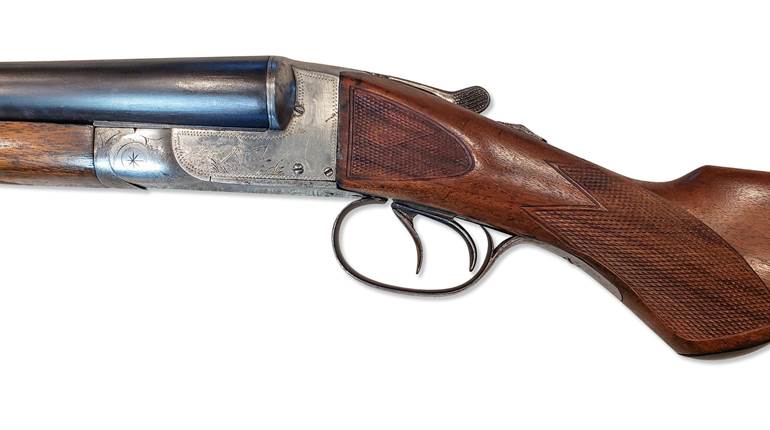
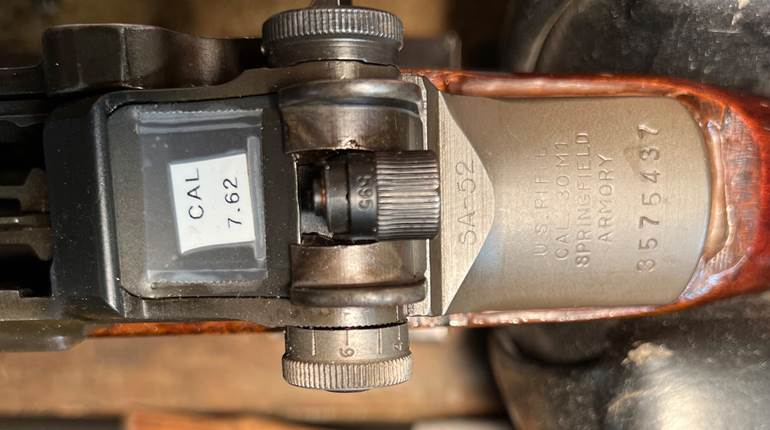

![Winchester Comm[94]](/media/1mleusmd/winchester-comm-94.jpg?anchor=center&mode=crop&width=770&height=430&rnd=134090756537800000&quality=60)
![Winchester Comm[94]](/media/1mleusmd/winchester-comm-94.jpg?anchor=center&mode=crop&width=150&height=150&rnd=134090756537800000&quality=60)







